MLB The Show 21 on PlayStation 5
For the last few years, the MLB The Show baseball franchise has impressed me with how consistently it has been able to innovate and keep things fresh in a genre that seriously struggles with doing just that. This year is a big one, as MLB The Show 21 not only marks the series debut on the PlayStation 5 but also for the first time the series is playable on Xbox home consoles as well and also features full cross-platform play, a major achievement for the series. Having said that, this transition might be to blame for what feels more like a lateral move as compared to previous editions.
We were able to review MLB The Show 21 on PlayStation 5 and while I definitely noticed an improvement in performance over last-gen consoles, it still doesn’t yet feel like a major leap forward visually. It’s certainly not anything that PS4 (or Xbox One) owners need to rush out to get.
Maybe last-gen consoles are still holding back the PS5 version, but while everything runs smoother, loads faster, and looks a little prettier, nothing blew my mind. Player faces still look very last-gen, and non-star faces, which were showing their age years ago, still look very ugly and unnatural even on PS5.
I look forward to seeing what a current-gen-only version of MLB The Show can do to improve on this once last-gen is left behind for good. At least I’m hoping that’s the case because I really can’t bear to look at these horrific randomly generated minor league faces for much longer.
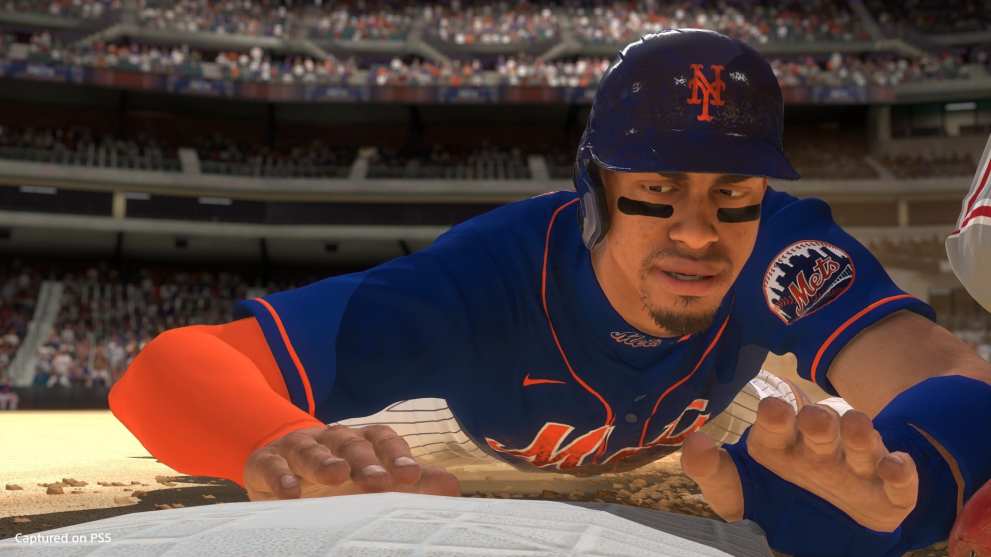
A casualty of this transition is unfortunately the year-to-year save transfer. This feature, which allows players to carry over their RTTS and Franchise progress from game to game, has been dropped this year. There’s really no positive way to spin this that I can think of here. It was a super convenient feature for players, and it encouraged them to buy the newest version of MLB The Show, which is a win for developer San Diego Studio as well. Its removal is worth noting and is rather unfortunate.
Also still not in the game is Online Franchise, and yep, just like the removal of year-to-year save transfers, it’s something that lots of players enjoyed in past, but is not present in MLB The Show 21.
As far as the presentation goes, I respect Matt Vasgersian’s work as a professional broadcaster. He’s one of the best in the business and he’s become the voice for MLB The Show over the years. However, his lines have grown so far beyond stale they are practically molding. MLB The Show needed a broadcast booth shake-up years ago, and I’m going to mention this every year until it happens. I can only stomach the same corny lines over and over every year so many times.
On the field, there’s an equal amount of attention given to MLB The Show 21’s four core game modes – Franchise, Road to the Show, Diamond Dynasty, and March to October – however, the changes are the kind that hardcore fans of these game modes are more likely to appreciate. Nothing this year dramatically shakes up any mode from what they were last year, so if you didn’t like a particular game mode previously, nothing added in MLB The Show 21 will likely change your mind.
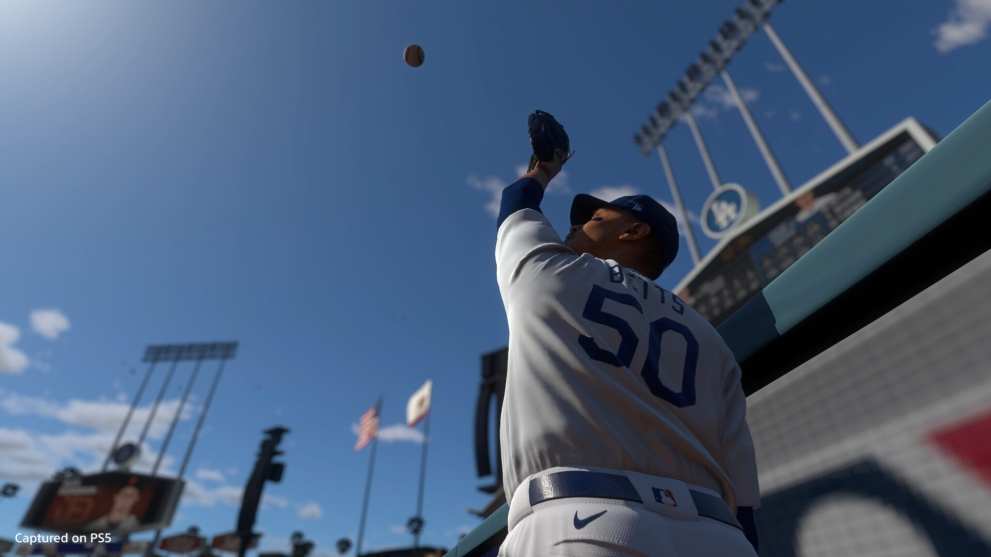
I don’t want to come across like this is a negative, as most of the additions are quite good; it’s just that nothing is particularly flashy from a core game mode perspective, so just don’t go in expecting much on that front.
In Franchise, San Diego Studio has begun to address areas such as trade and contract negotiations which were certainly starting to show their age. For example, the new trade and contract metric system will take into account how a player is playing against their contract in addition to attributes to try and make trades more realistic.
Previously it was extremely easy to just rip off the CPU and pull off some unrealistic trades. You can still do that, but it’s better than it was and I like to see that San Diego Studio is taking some time to make Franchise a bit more realistic for hardcore sim fans like myself that like to plan out their franchise across years and decades while hoping for minimal immersion breaking. A new depth chart was also added, which is a neat feature that gives a predictive look at how your team may look years down the road.
I’d like to see Franchise continue to improve along this direction going forward. While the changes might seem minor on the surface, I’m happy that San Diego Studio is at least starting to recognize the importance of realism to big fans of the mode like myself, and I hope that it continues to be the focal point in future games.
March to October continues to be a nice companion with Franchise mode and is still a fun way to kick off your first season. It receives a new feature that allows you to play as minor leaguers in order to give prospects a dramatic attribute boost and create that sort of “break out star” story. It’s very similar to previous years otherwise, but honestly, San Diego Studio kind of nailed it right away, so it really doesn’t need too much added on. I personally can’t think of anything major that I would mix it up with.
Diamond Dynasty’s biggest change is arguably the addition of Parallel XP cards. Cards can now be leveled up and upgraded over time. So if you’re particularly attached to a player you can gain XP for them and build them up to be competitive with some of the higher-end cards.
Speaking of higher-end cards, Diamond Dynasty continues to be extremely generous. Just like last year, I’m overwhelmed with the number of ways that you can get really good cards. Parallel XP is just another layer on top of that. While you can certainly buy your way to the top as always, getting your team loaded up with most, if not all, diamond players without spending a dime is not an insurmountable task at all. That means more playing the actual game, and less time in the menus, working the market board, or pulling out the ol’ credit card.
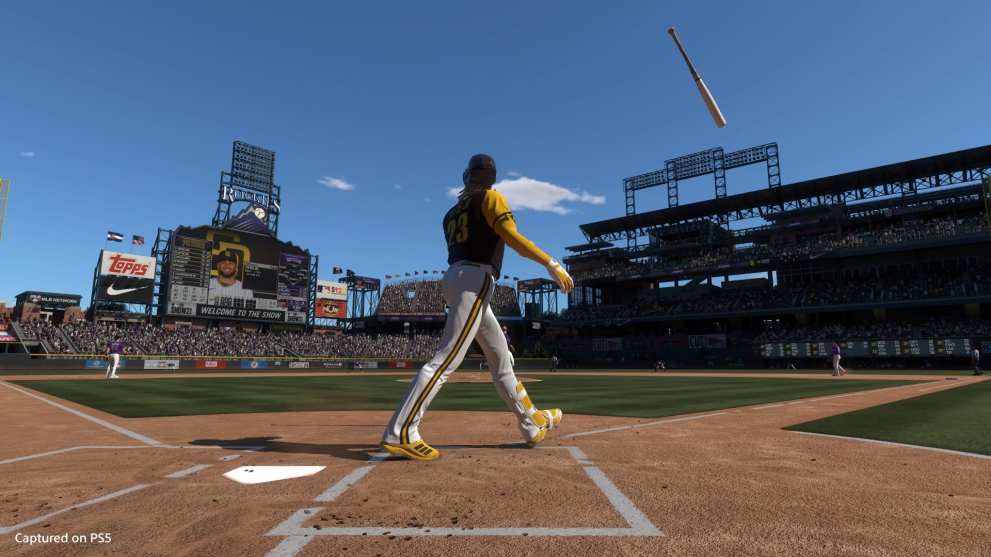
Given Diamond Dynasty’s status as what I am assuming is the premiere moneymaker for San Diego Studio, expect a year full of special events to keep you busy as has been the case for the last few years now. Diamond Dynasty has always been well-supported in that way. Small things here and there that the developers experiment with throughout the year may excite/annoy certain players, but there’s never a lack of things to do or cards to grind for in Diamond Dynasty. My experience playing online against others was also very smooth whether I was playing someone on PlayStation or Xbox.
While the tweaks and improvements to Diamond Dynasty are great for those that enjoy it, aspects of that game mode continue to seep into RTTS. The new Ballplayer system replaces traditional Diamond Dynasty created players and RTTS players and merges them into one that can be used across both modes.
You can customize your ballplayer with Loadouts that will give you attribute bonuses in a certain playstyle/position that you can swap in and out of at any time. So for example, you can have a loadout for power hitting, speed, or precision pitching. You can level these perks up and improve your loadouts as you play by grinding out achievements like getting strikeouts or extra-base hits.
Now, if you’re someone like me that dips their toes into all of the game modes, this kind of cross-integration may be a net positive for you. I, personally, like the idea of having one unified created character that I can work on and use across both RTTS and DD.
Now that I’ve said that, I need to note that it’s easier to progress your ballplayer in Diamond Dynasty than in RTTS. You can also only have one Ballplayer, meaning you can no longer create a new save file with a completely different player in RTTS. You can start over with the same character at a different position/loadout but that’s all. The mode is also still tainted by player equipment that gives a big boost to players that are able to sequester RTTS equipment from paid microtransactions and Diamond Dynasty rewards.
There’s really no way to sugarcoat any of that. Hardcore RTTS players likely prefer that Diamond Dynasty stays as far away from their beloved mode as possible, and San Diego Studio continues to, well, not do that.
San Diego Studio has reacted quickly to try and address some of these issues, and that’s good, but it seems like this move is an example of the developers flying too close to the sun, and this integration will likely cause some headaches for both players and the devs throughout the year.
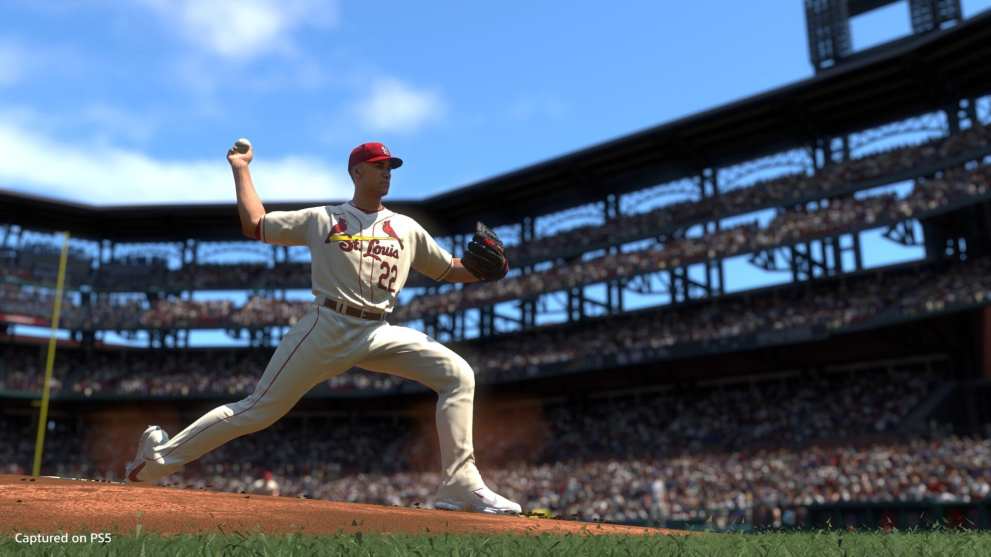
It’s not all bad for RTTS fans, though. The core game mode is still familiar and fun, but now you also have the ability to create a two-way hitter/pitcher player with a surprising amount of customization such as telling your manager how often you want to play at each role.
RTTS also features more of a “story” with current-gen players getting video commentary from MLB Network personalities on their progress as they move through their careers. Last-gen consoles, for whatever reason, only get the audio version of this. Either way, though, it’s an added layer of entertainment that fans should enjoy on top of their usual RTTS grind.
Finally, if you’re the creative type, MLB The Show 21 does have one completely brand-new and flashy feature, and that’s Stadium Creator. I have to admit, I’m not the creative type. I go with all black and grey uniforms complete with preset logos for my Diamond Dynasty team, so I’m really not the best person to judge something like this.
However, I can report that it is indeed incredibly detailed. It gives you a lot of really fun stadium backdrops, freedom to add props and seats pretty much wherever you want, and options for messing with the dimensions of your field. I imagine those with the patience to get everything just the way that they want will really appreciate the number of tools that San Diego Studio made available. For me, it was a bit overwhelming even on “easy” create mode, but I’m not the audience that the developers were shooting for when they added this feature in I’m pretty sure.
An important through-line for all of this is that at the end of the day the foundation of MLB The Show 21, its simulation baseball gameplay, is still standing strong and this carries the game this year more than it has in previous editions. I can buy that this year was a juggling act for the developers: trying to add new features while also getting the game onto new consoles and have them feel “next-gen.” The pressure will be on for next year’s edition, but MLB The Show 21 does just barely get over the hump when it comes to feeling like a worthwhile upgrade.
So while we wait for things like actual new-generation visuals, the return of Online Franchise, and other oft-requested features, appreciate the effort that went into making MLB The Show 21 cross-platform with seamless cross-play, the new stadium creator, and tweaks that went into making your favorite game mode a bit more enjoyable.
- Solid gameplay that moves to new consoles completely unscathed.
- Core game modes received tweaks that feel tailored to hardcore fans.
- Stadium creator is neat for those with the patience to take full advantage of its features.
- Seemless cross-play is always a pro.
- No major new feature to hang a hat on.
- Doesn't really feel like a new generation of video game baseball.
- Changes to RTTS are getting a bit too "cute" and will probably upset some hardcore fans.
- No online franchise or year-to-year save transfers.

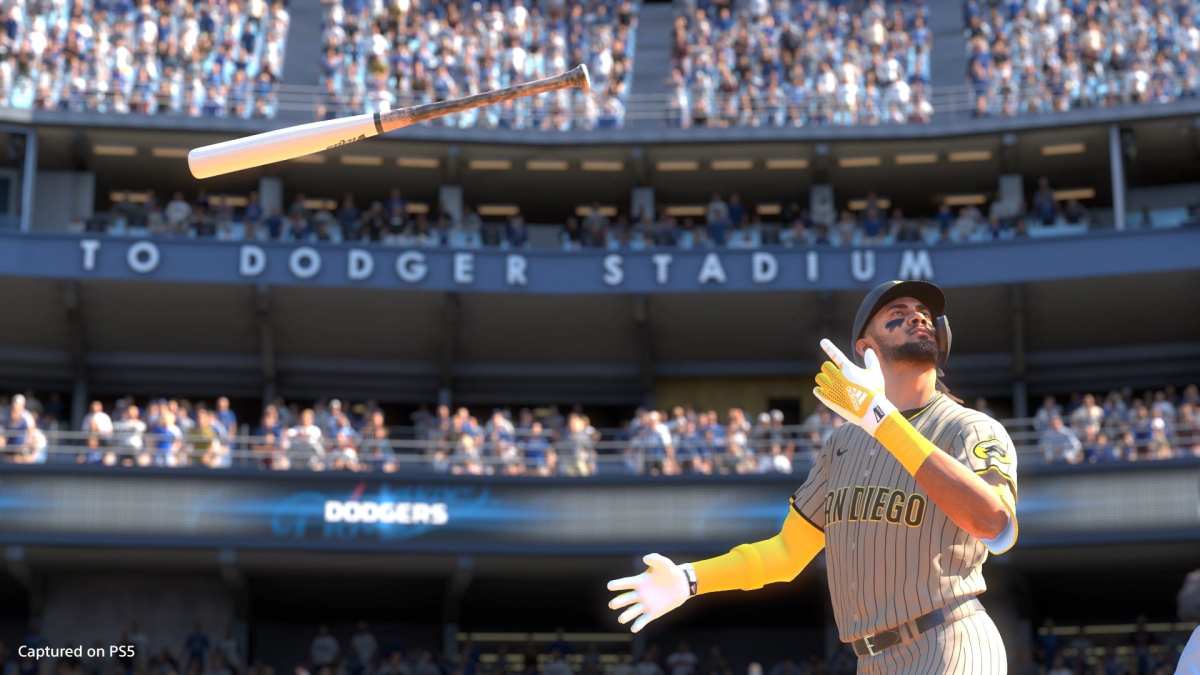






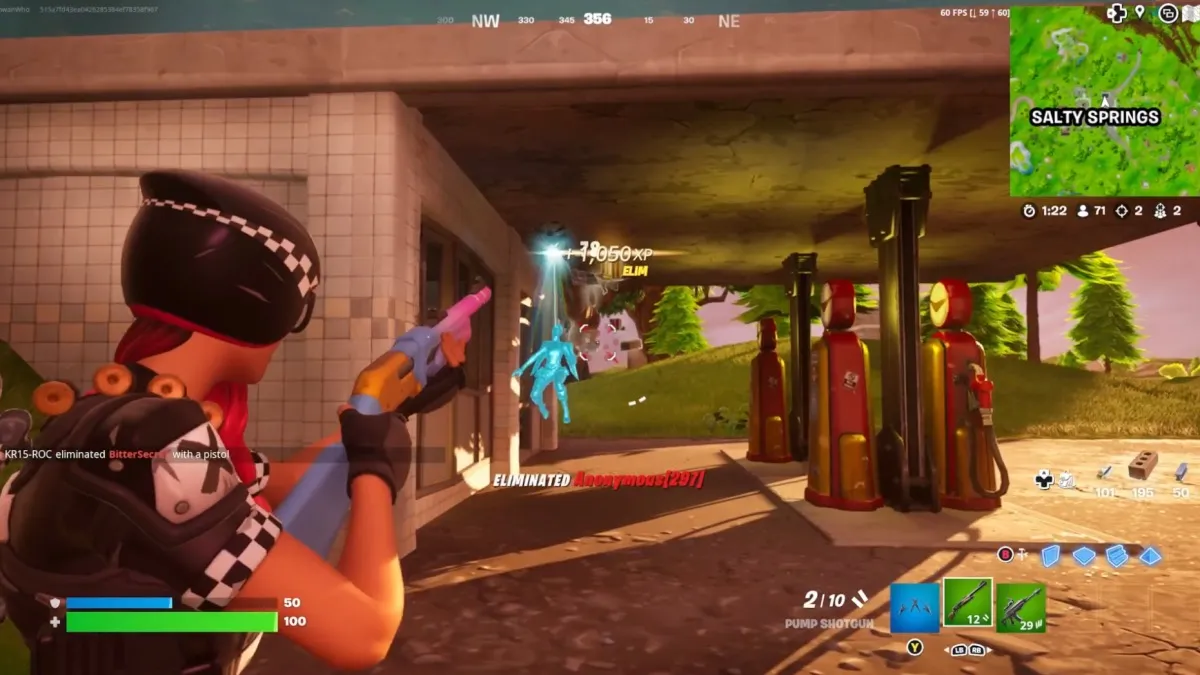




Updated: Apr 21, 2021 04:56 pm